Plant Science
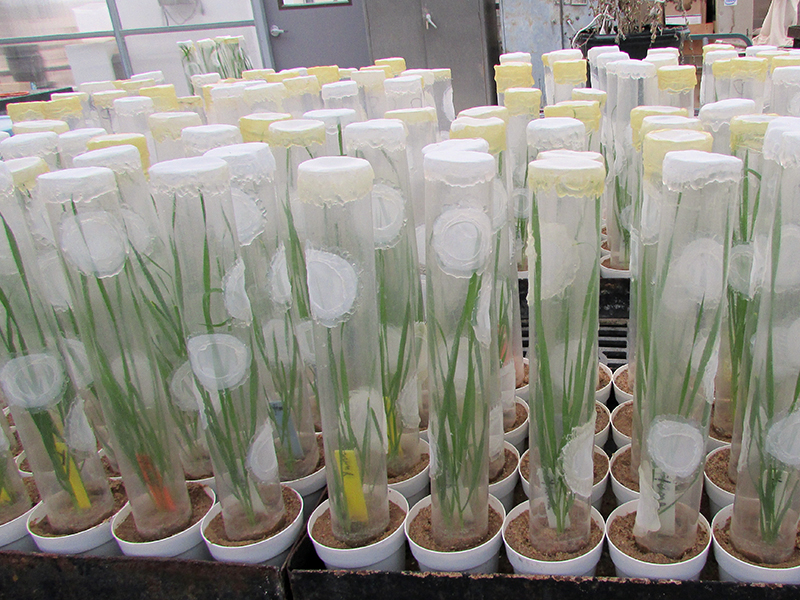
Fields of wheat are so associated with the U.S. that they’re featured in the song America the Beautiful as “amber waves of grain.” But those amber fields face a big threat: Russian wheat aphids.
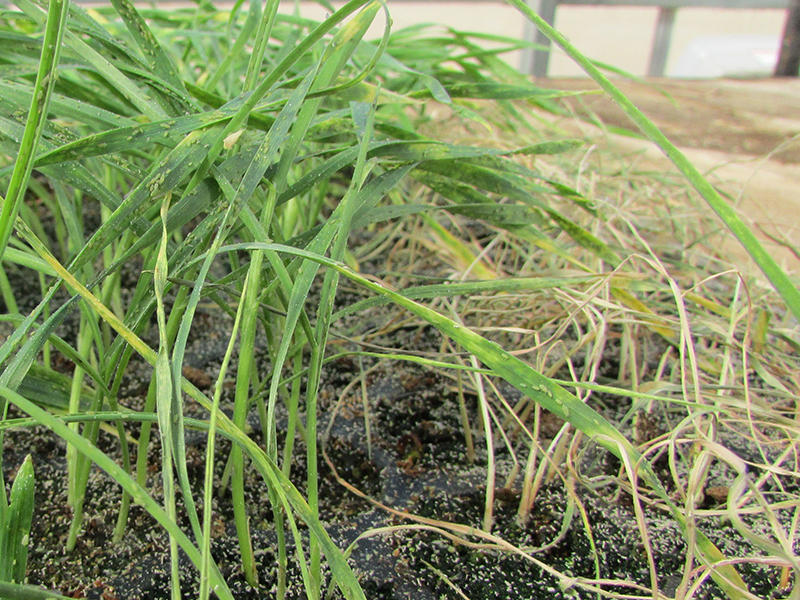
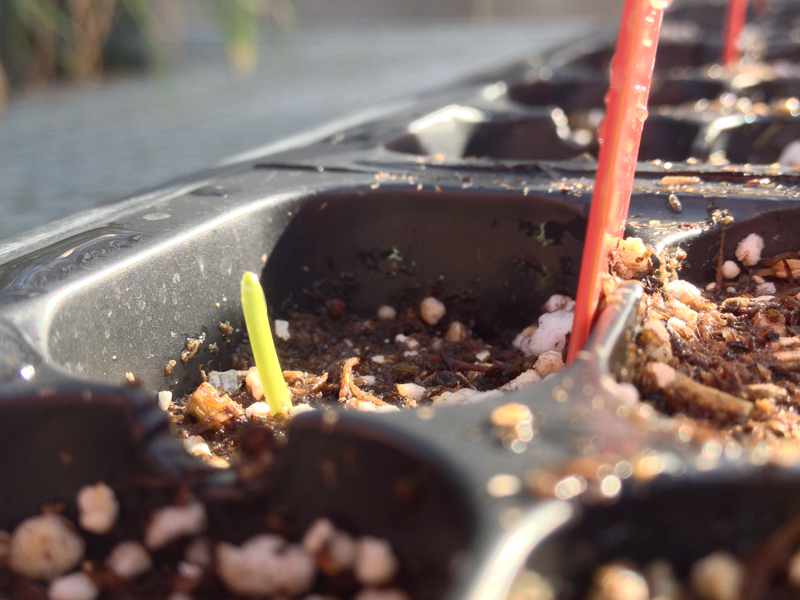
Some new crop varieties are bred to be more nutritious. Others are more resilient, bred to tolerate harsher environmental conditions.
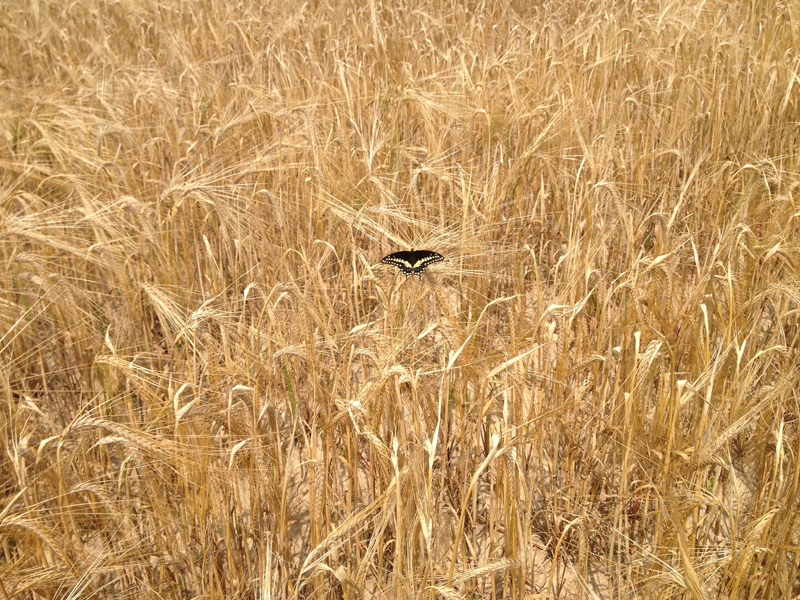
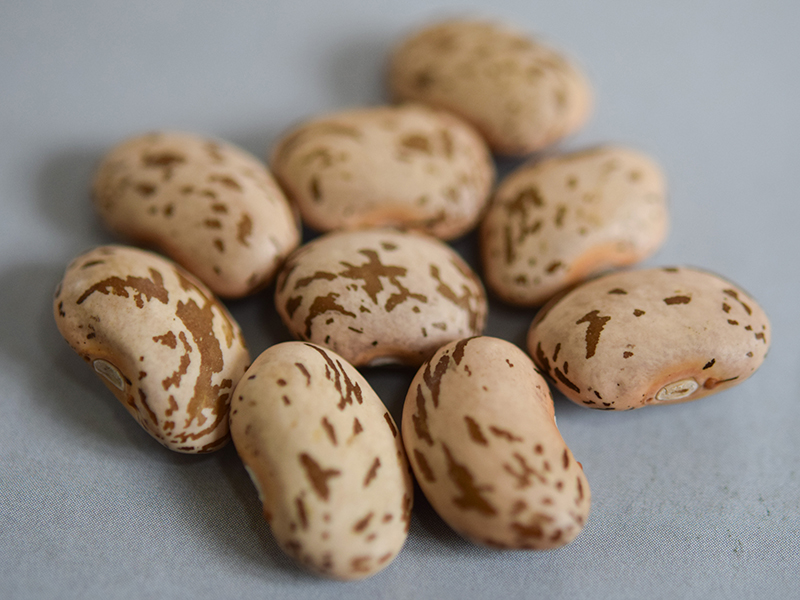
Leafhoppers are tiny insects. They are only about 3 millimeters long, smaller than a grain of rice. But they can cause big damage to crops, including beans.
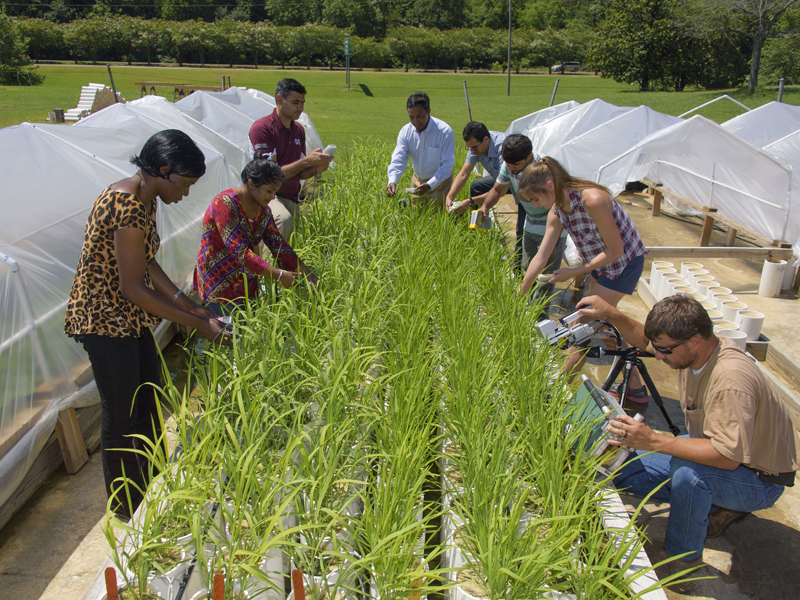
Planning is something we all do. As individuals, we may be planning for next weekend or our future retirement.

Farmers and plant breeders are also planning for a future. The crops we currently depend on will need grow under different conditions – due to climate change.
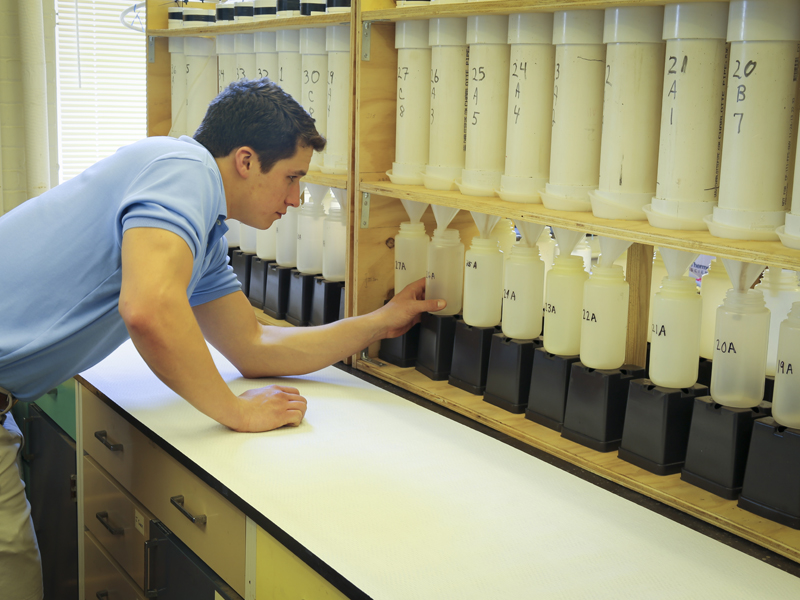
You may have heard how excess nutrients, such as phosphorus, can run off of crop fields. This can cause harm when the nutrients end up in rivers and lakes. However, there are other sources of excess nutrients you might not think of, such as the pots nursery plants come in.
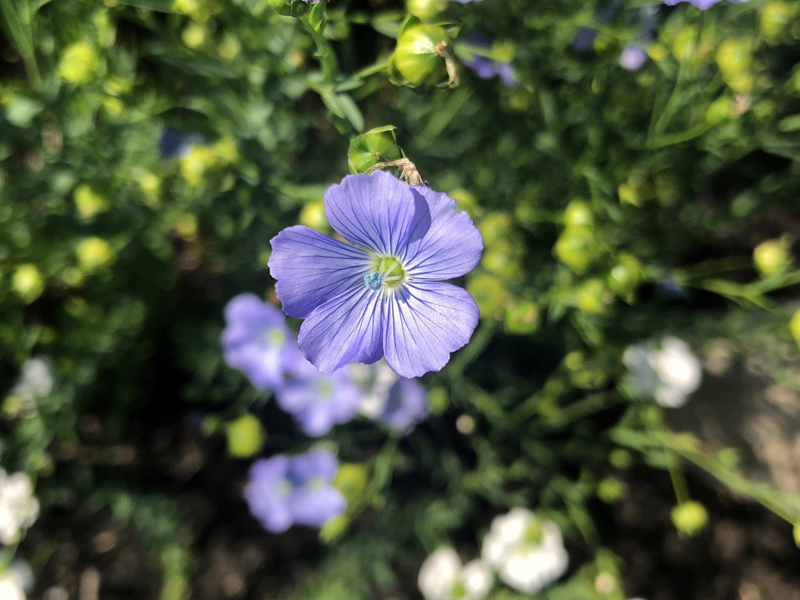
The small but mighty flaxseed has many health benefits for humans, as well as other important uses. Yield, and therefore profits, are important for the few farmers who grow it in the United States.
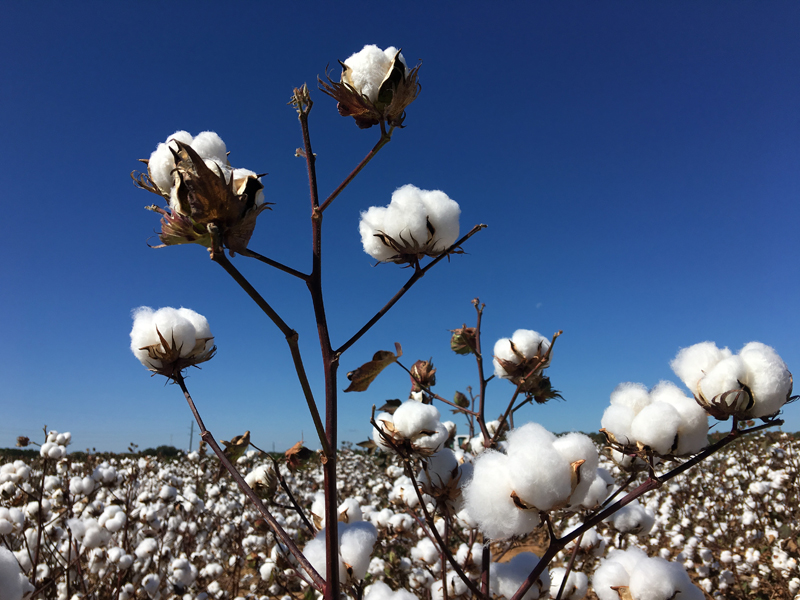
Cotton breeders face a “Catch-22.” Yield from cotton crops is inversely related to fiber quality. In general, as yield improves, fiber quality decreases, and vice-versa. “This is one of the most significant challenges for cotton breeders,” says Peng Chee, a researcher at the University of Georgia.

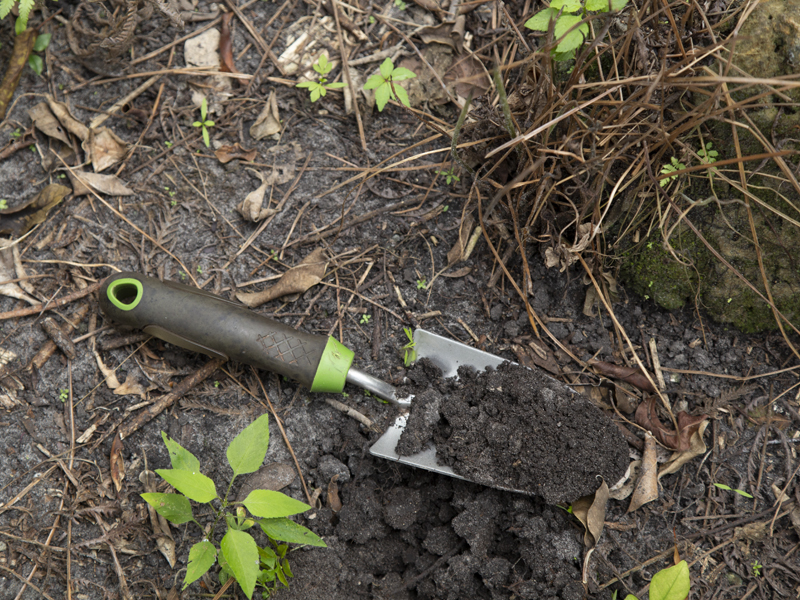
Crops just can’t do without phosphorus.
Globally, more than 45 million tons of phosphorus fertilizer are expected to be used in 2019. But only a fraction of the added phosphorus will end up being available to crops.
The impact is two-fold: financial and environmental. “Fertilizer costs are significant for farmers in south Florida,” says Tiedeman. “And phosphorus rock, the most widely used source of phosphorus fertilizer, is in low supply across the globe. It is thought that phosphorus rock resources will only be available for the next 50 to 200 years.”
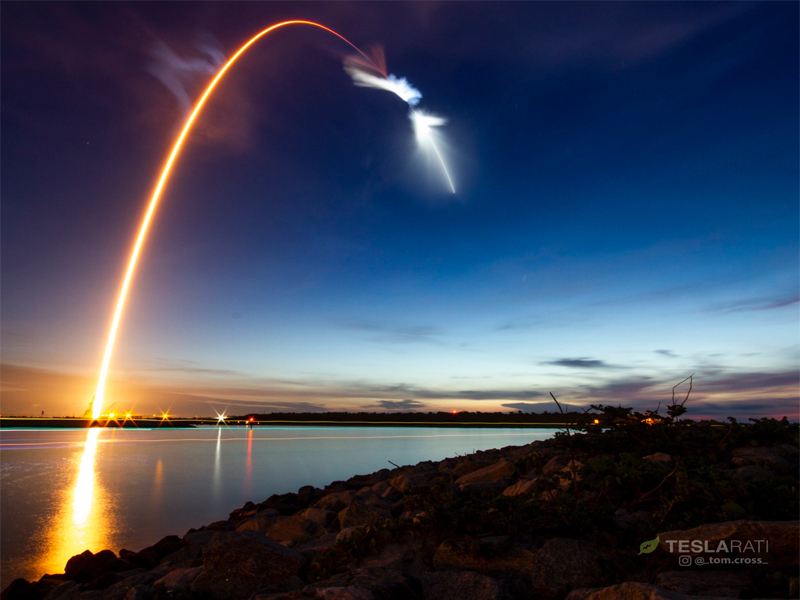
Farmers irrigating their crops may soon be getting some help from space. In 2018, scientists launched ECOSTRESS, a new instrument now attached to the International Space Station. Its mission: to gather data on how plants use water across the world.
The ECOsystem Spaceborne Thermal Radiometer Experiment on Space Station (ECOSTRESS) helps scientists answer three broad questions:
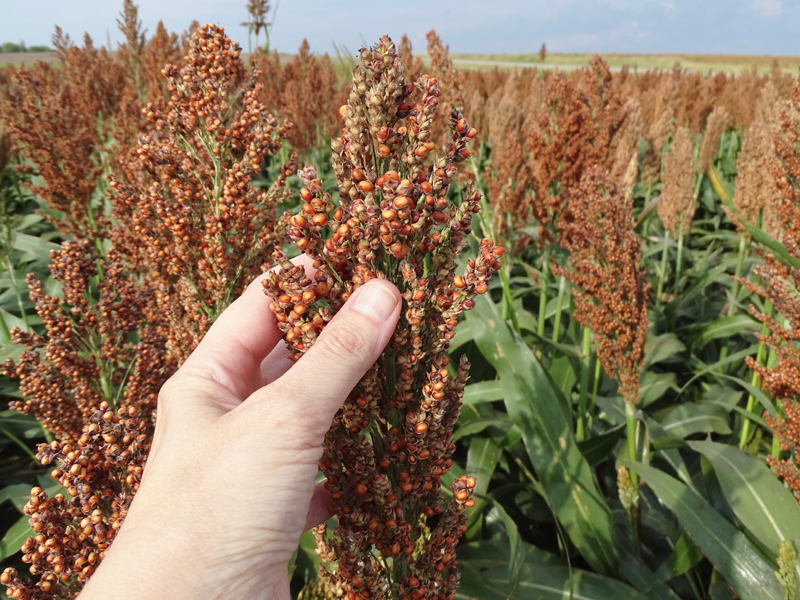
The plant world works in mysterious ways. We often think of plants producing flowers so those flowers can produce seeds for the next generation. But what would be the purpose of a flower that doesn’t bear seeds?
“We were particularly perplexed as to why a plant would invest energy if that structure isn't making a seed,” says Elizabeth Kellogg. “It seems as though it would be a waste of energy.”
